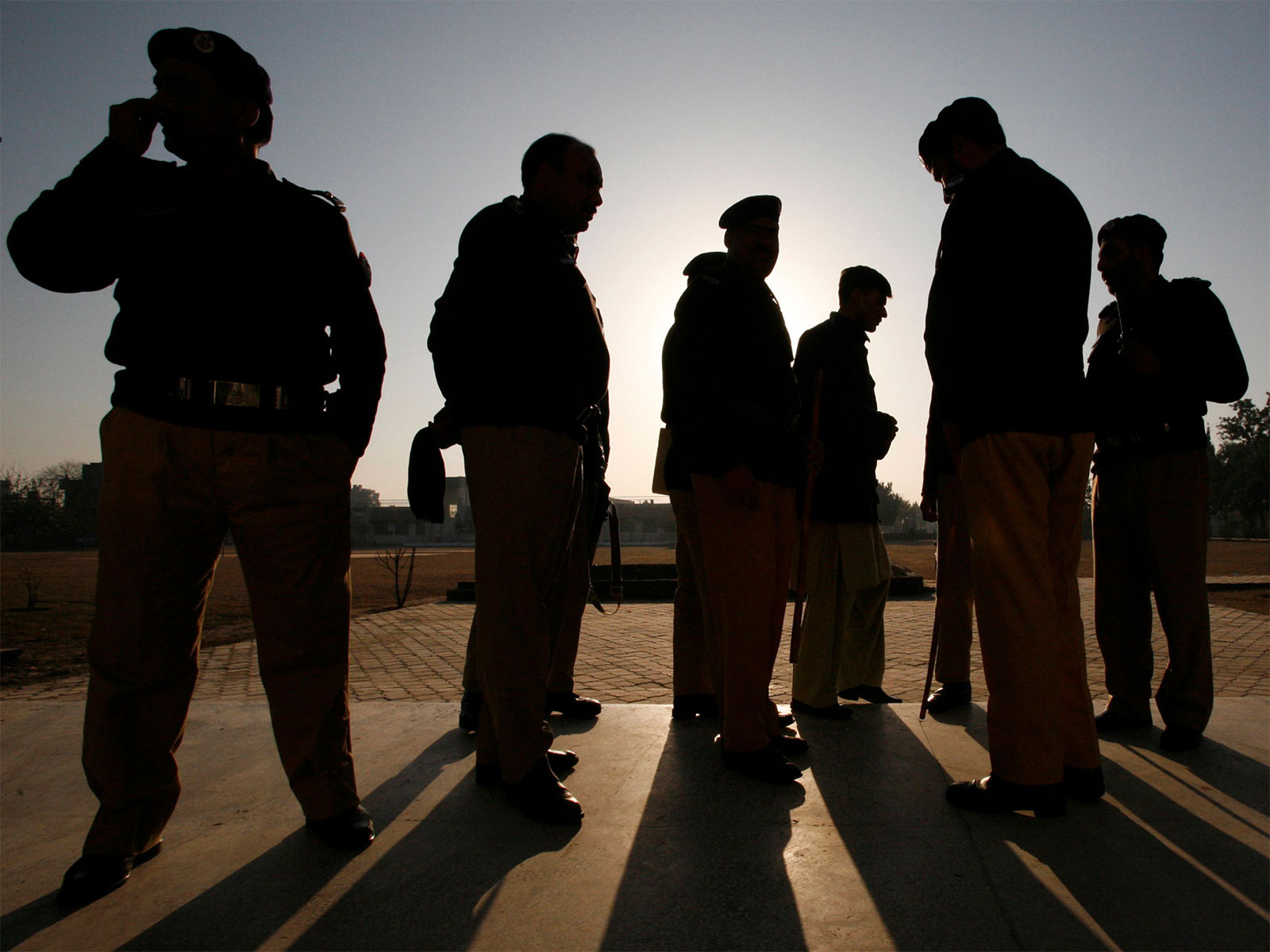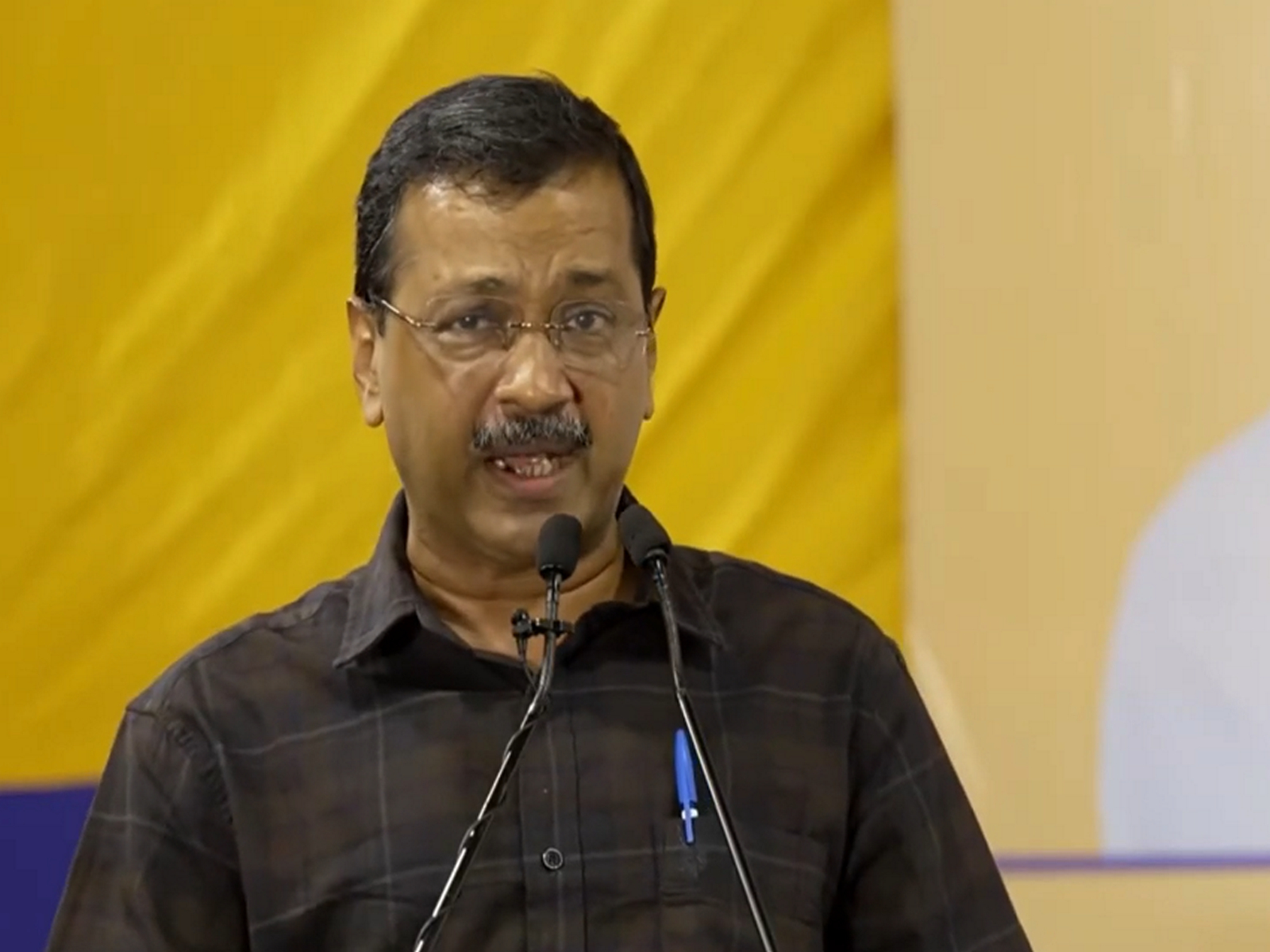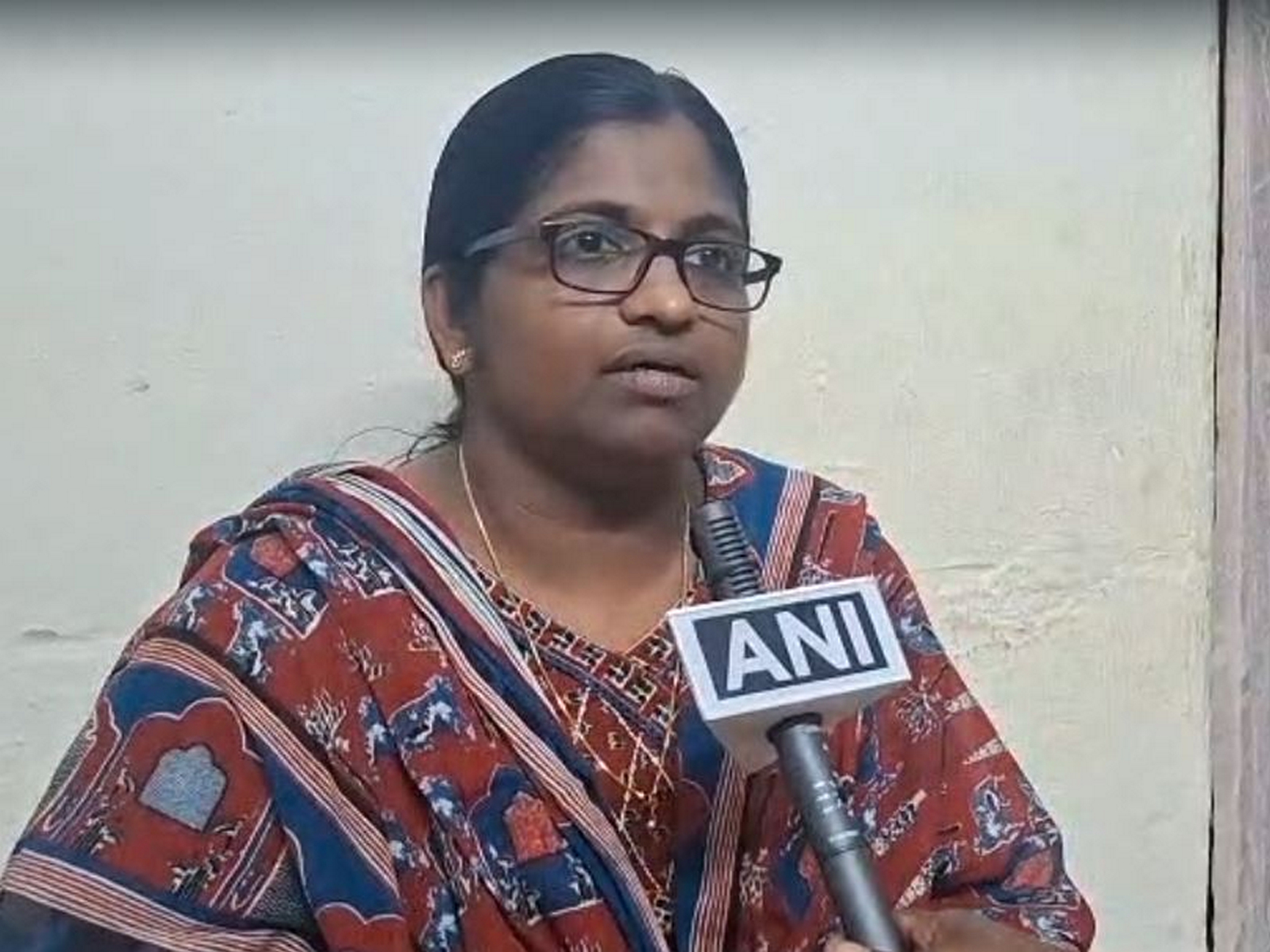COVID-19 origin: Fresh life to Wuhan lab-leak theory
May 26, 2021

By Vishu Adhana
New Delhi [India], May 26 : Eighteen months since China reported the first patient with Covid-19 like symptoms, the deadly SARS-CoV-2 virus has spread like wildfire over the world claiming the lives of over 35 lakh people and infecting over 16.8 crore in more than 180 countries.
Moreover, multiple waves of the pandemic overwhelmed health care systems worldwide and led to the worst global economic crisis since the Great Depression.
Amid all this, the mystery around the origin of the virus has remained far from resolved. The virus was first reported in the Chinese city of Wuhan and since then China has been chided for its lack of transparency.
In the absence of any evidence, several theories for the origin of the virus were put forward. Among them, a few possibilities, such as the theory which said that the virus originated in nature, have received more traction than others.
Meanwhile, other theories raised questions on China's intentions and handling of the dangerous virus. These include possibilities of an accidental leak of the Covid-19 virus from a Wuhan lab and Beijing deliberately manufacturing the virus as a bioweapon.
On December 31, 2019, China disclosed to the World Health Organization (WHO), the existence of an outbreak of pneumonia cases in Wuhan.
For an entire year, China did not heed calls for an independent investigation into the origin of coronavirus, raising further suspicion.
Moreover, when a team of WHO experts early this year visited the Huanan Seafood Market, the site of an early cluster of cases in late 2019, doubts were raised on the investigation's credibility and the validity of the eventual findings.
Now, calls for a fresh investigation into the origin of the virus have brought the matter to the fore. In recent months, the idea that the virus emerging from the Wuhan Institute of Virology (WIV) has gained new credence.
Speaking to ANI, Nicholas Wade, a former science writer and editor for the New York Times said that, in his view, the escape scenario provides a better explanation for the available facts than does the natural emergence scenario.
Developments in recent weeks have turned the media's focus around the lab in Wuhan namely Wuhan Institute of Virology.
The developments, which include a report by an Australian daily on China's plan for a bio-weapon and revelations in a US intelligence report, comes at a time when a 74th World Health Assembly, the decision-making body of WHO, is underway.
Wade suggested that member countries of the WHO should politely ask "China to unseal the records of the Wuhan Institute of Virology and other virology labs in Wuhan."
Addressing the World Health Organization's main annual meeting of member states, the United States and other countries called on Tuesday for a more in-depth investigation of the pandemic origins after an international mission to China earlier this year proved inconclusive.
Australia, Japan and Portugal were among other countries to call for more progress on the investigation, while the British representative urged for any probe to be "timely, expert-driven and grounded in robust science".
The lab-leak theory is not new. It came into existence last year just after China reported the first Covid-case.
Nearly a month before the World Health Organisation declared coronavirus a pandemic in March 2020, Botao Xiao, a molecular biomechanics researcher at South China University of Technology published a paper citing that "the killer coronavirus as originated from the laboratory in Wuhan". The paper was published on Feburary 6, 2020.
However, he withdrew his paper a few weeks later after Chinese authorities insisted that no accident had taken place.
In the following weeks, many in the scientific community dismissed the lab-leak theory.
On March 27, 2020, however, the US Defense Intelligence Agency updated its assessment of the origin of the novel coronavirus to reflect that it may have been accidentally released from an infectious diseases lab.
A month later on April 27, 2020, President Donald Trump told reporters: "You had the theory from the lab. ... There's a lot of theories. But, yeah, we have people looking at it very, very strongly."
On the same day, the Office of the Director of National Intelligence released a statement saying that the Intelligence Community will continue to "rigorously examine emerging information and intelligence to determine whether the outbreak began through contact with infected animals or if it was the result of an accident at a laboratory in Wuhan."
As coronavirus wreaked havoc across the US, the Trump administration became more vocal about the possibility of the leak from the Wuhan lab.
However, for a long time, Trump's remarks on the issue were considered merely a way to avoid criticism by blaming China for the deteriorating COVID-19 situation in America.
Then-US secretary of State Mike Pompeo on May 3 said in an interview to ABC that there is "enormous evidence" regarding the origin of the virus.
He added that: "China has a history of infecting the world, and they have a history of running substandard laboratories"
As the coronavirus continues to spread, countries closed their borders and imposed lockdowns to prevent the surge in infections. Meanwhile, more evidence emerged indicating the non-natural origin of the virus.
A report was published in the Times of London in July that a virus 96 per cent identical to the coronavirus that causes Covid-19 was found in an abandoned copper mine in China in 2012.
The bat-infested copper mine in southwestern China was home to a coronavirus that left six men sick with pneumonia, with three eventually dying, after they had been tasked with shovelling bat guano out of the mine.
After months of negotiations with China, a WHO team, which includes experts from 10 countries, visited in January the Huanan Seafood Market, the site of an early cluster of cases in late 2019.
This came following the tremendous international pressure as China continued to resist calls for a strictly independent investigation.
The inquiry did not conclusively establish how or when the virus began spreading and did little to address Western concerns that the Chinese Communist Party bent the investigation to its advantage.
Beijing was accused of delaying access to international investigators for months after the initial outbreak, virtually guaranteeing that the lab had been deep-cleaned before any forensic analysis could be done.
On February 11, WHO Secretary-General Tedros Adhanom Ghebreyesus refused to rule out the lab-leak scenario. "Some questions have been raised as to whether some hypotheses have been discarded," he said. "I want to clarify that all hypotheses remain open and require further study."
A few days ago, an article was published in the Wall Street Journal which revealed that three researchers at China's Wuhan Institute of Virology fell ill in November 2019 and had to be hospitalized. The report was based on previously undisclosed US intelligence.
The researchers were admitted into the hospital a month before China reported the first case of COVID-19.
The revelation has sparked debate and raised questions about whether China knew of the deadly virus way before it apprised the world.
Author and former NYT science journalist Nicholas Wade said that if the reports are true it shows that the pandemic started several weeks earlier than the given by the Chinese authorities.
"The importance of the report, if true, is that it shows the pandemic started several weeks earlier than the date given by the Chinese authorities, and therefore that the Chinese had longer to prepare for it. Had they shared this information with the rest of the world, many lives could perhaps have been saved," he said in an email interview.
Recently, Wade published an article in the Bulletin of the Atomic Scientists where he argues that evidence is stronger than the virus leaked from a lab than that it occurred naturally.
In an elaborate report, Wade said that much of the work of Chinese virologists on gain-of-function in coronaviruses was performed at the BSL2 safety level lab, which requires taking fairly minimal safety precautions. The pandemic broke out in the Chinese city of Wuhan in December 2019."For the lab escape scenario, a Wuhan origin for the virus is a no-brainer.
Wuhan is home to China's leading centre of coronavirus research where researchers were genetically engineering bat coronaviruses to attack human cells. They were doing so under the minimal safety conditions of a BSL2 lab.
"If a virus with the unexpected infectiousness of SARS2 had been generated there, its escape would be no surprise," he said.
Wade, who has worked on the staff of Nature, Science, and, for many years, the New York Times, talked about lack of access to evidence from the Wuhan Institute of Virology, or related labs in Wuhan.
Bernard Roizman, a University of Chicago virologist told WSJ: "I'm convinced that what happened is that the virus was brought to a lab, they started to work with it...and some sloppy individual brought it out," said .."They can't admit they did something so stupid."
Another head-turning development that shocked experts and scientists was the report in an Australian daily which revealed that Chinese scientists were thinking about bioweapons, visualising a World War-III scenario.
The Weekend Australian newspaper cited a Chinese government document that discussed the weaponisation of SARS coronavirus.
Titled the Unnatural Origin of SARS and New Species of Man-Made Viruses as Genetic Bioweapons, the 2015 paper was authored by Chinese scientists, Chinese public health officials and members of the People's Liberation Army (PLA).
Moreover, Anthony Fauci a top adviser to US President Joe Biden on the coronavirus pandemic and long time sceptic of the lab-leaked theory, said he's "not convinced" the deadly virus developed naturally and has called for further investigations into where it emerged.
Fauci was asked during a Poynter event, "United Facts of America: A Festival of Fact-Checking," earlier this month about whether he was confident that Covid-19 developed naturally, Fox News reported.
So far, there is no hard proof to support either the theory that the virus had natural origins or the theory that it leaked from a lab. Wade also said: "There is no direct evidence for either scenario and therefore no proof for either of them."
Recently, a group of leading UK and US scientists called for more investigation to determine the origin of the COVID-19 pandemic, including the theory of an accidental release from a lab in the central Chinese city of Wuhan.
In a letter published in the journal 'Science' early this month, the experts from world-leading universities such as Harvard, Stanford and MIT said knowing how COVID-19 emerged is critical for informing global strategies to mitigate the risk of future outbreaks.
In March, WHO Director-General Tedros Ghebreyesus also called for further studies after the release of an inconclusive report on an international team's field visit to Wuhan, China to research the origins of COVID-19, citing difficulties accessing raw data.


















